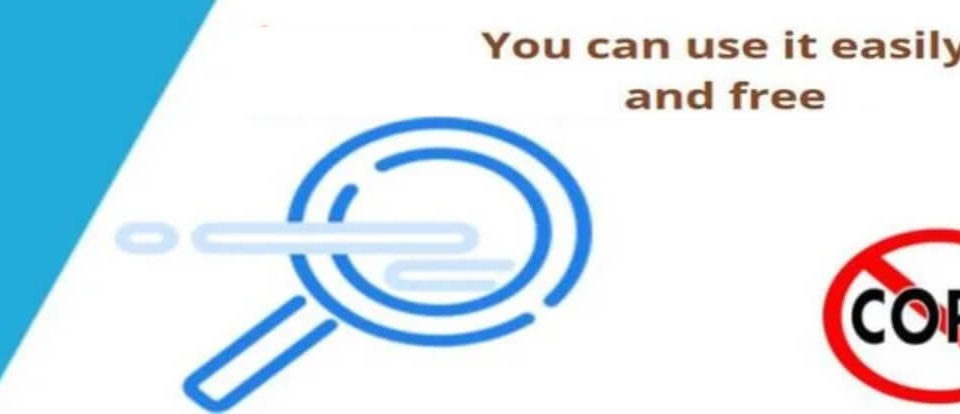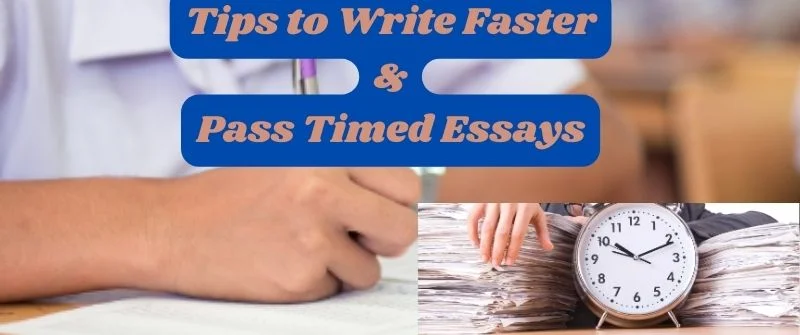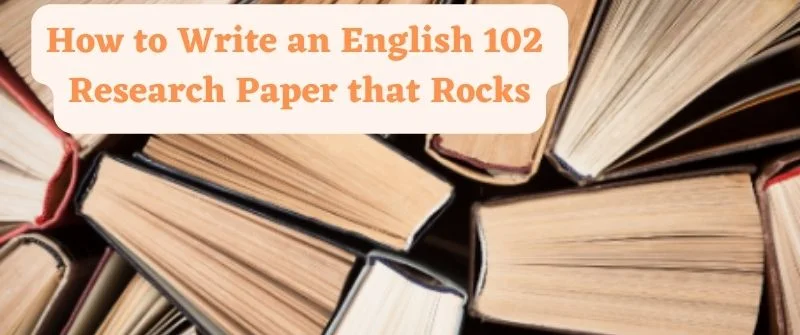How to Cheat Turnitin: Plagiarize and don’t get Caught 2025
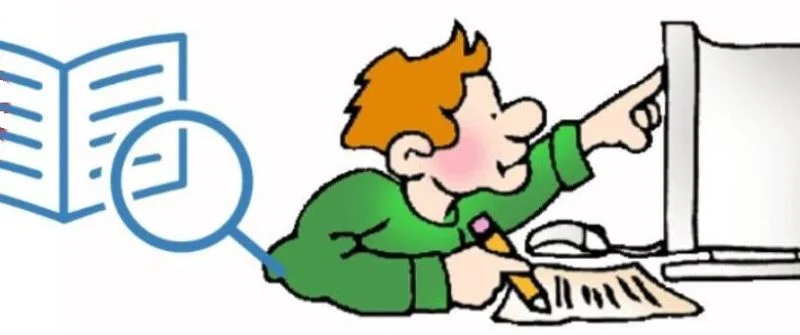
Do you have a questionable essay that you want to upload, and you want to know how to cheat Turnitin? First, know how it works. In fact, most students have asked us to explain how to use Turnitin and how long it takes to scan plagiarism and show reports.
You must have heard about Turnitin and how it accurately detects plagiarism and reports it to your school. But before we understand how Turnitin works, let’s first learn what it is.
Need Help with your Homework or Essays?
Easy navigation table
What is Turnitin
Turnitin is a plagiarism detection internet service founded in 1997 with its headquarters in Oakland California, in the united states.
To access the software, users are required to buy licenses or access it through the licenses of their educational institutions.
The software website then identifies plagiarism by checking submitted documents against its database. It also scans against content found on different websites, including large academic proprietary databases.
How to Cheat Turnitin with Simple Hacks
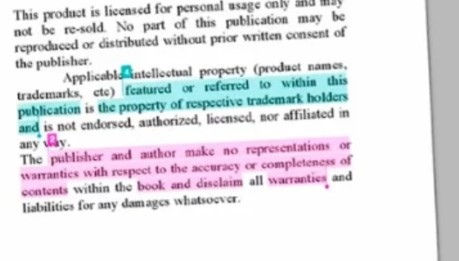
While people say you can fool or trick Turnitin in many ways, we have found only five simple hacks that truly work because they are practical and legal. In addition, they are the most effective.
While these strategies are just strategies, they do help. But you have to be genuine in your content and text.
The best way to cheat Turnitin is by paraphrasing the content, changing sentence structure, using synonyms, or getting homework help from experts. You can also legally beat Turnitin by arguing points afresh. However, to effectively fool Turnitin using any tricks, you must cite and reference the sources well.
Basically, there are several ways that one can use to cheat Turnitin. These include:
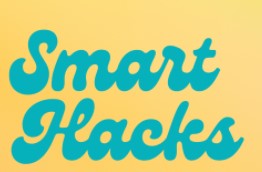
- Using synonyms in the paper
- Referencing and citing sources used correctly
- Paraphrasing to avoid similarity
- Hiring a professional essay writer
- Changing words and sentence structure
Let us delve into each of these Turnitin cheat tricks in detail below. Here are the 5 hacks to fool Turnitin that truly work, and you can plagiarize without getting caught
1. Using synonyms to fool Turnitin
This Turnitin hack works when you replace words with similar meanings to beat the plagiarism detector.
Synonyms can be used to cheat Turnitin because it mostly checks the sentence structures from the source on the database and compares them to sentences in the submitted paper. Turnitin is unlikely to detect the use of synonyms but likely detects lifted words and sentences.
Therefore, writers who want to beat the Turnitin similarity test are advised to use synonyms. They are also warned that they must proofread before submitting because some synonyms may not fit in the context of the content of your paper.
2. Beat Turnitin by Referencing the Sources
No plagiarism detector will detect texts that are directly or indirectly quoted, cited, and referenced. The instructors mostly give the writers instructions on how to cite and reference.
There are many ways of citing ideas and content and referencing the sources from where you get that external information. These styles include APA, Chicago, MLA, Harvard, and many more Check out some of the.
It is, therefore, the writer’s duty to master these styles, differentiate them and use them correctly in a given work. One cannot be a good professional writer without mastering these different types of formatting styles.
3. Fool Turnitin by Paraphrasing to Avoid Similarity
This is one of the tricks that have existed for long. Since the Turnitin detectors mostly recognize and check the construction and structure of sentences in essays, you can paraphrase your work to beat it.
When paraphrasing, citing sources from which you found information is important. Sometimes you may realize that even bought papers are plagiarized, and it is, therefore, important to rephrase sentence paragraphs and the whole content to avoid plagiarism.
After making changes through paraphrasing, proofread and edit your paper to make sure that it makes sense, that the flow is still good, and that the meaning of the previous text has not changed.
4. Beat Turnitin by Hiring a Professional Essay Writer
There are professional writers that own or are employed by essay-writing companies. There are many companies, so finding one that suits you is simple. The writing experts understand all aspects of cheating Turnitin and have experience in their work.
The papers they produce and present are high-quality, well-cited, plagiarism-free, and eye-catching. This is worth making you buy them at the prices they have fixed.
Hire us to Write your Essays! No Plagiarism
Let our essay writing experts help you get that A in your next essay. Place your order today, and you will enjoy the benefits.
This Turnitin cheat advantage is that it helps you beat the essay deadline. This makes it good are urgent and those that you may not have enough time to complete.
Essay writing companies are dedicated to their work and if you are willing to spend money. Therefore, you will get good plagiarism-free essays on time.
5. Changing words and Sentence Structure to Trick Turnitin
Changing the word order forward or backward is the riskiest way of all Turnitin cheats. This is because Turnitin checks and compares a set of words in the work you submitted. It compares with the set of words in materials on the database.
Swapping letters can help you cheat Turnitin. Every word comprises letters, and changing the letters may make the machine avoid the word. This makes it unable to detect plagiarism in the word.
This can be done by replacing a letter from the word with a letter that looks exactly the same in the Cyrillic alphabet.
Be more inventive in the letters you use. Vowels are the letters mostly used. This can help you to beat the plagiarism detectors absolutely.
An Essay Writing Service by vetted writers
Understanding How Turnitin Works
Plagiarism scanning is the process of detecting instances of plagiarism within a document. Turnitin is managed by classroom support and is integrated into the Assignment toll in many online classrooms.
In simple terms, Turnitin plagiarism detection software compares the text of a submitted file with the content in its database and available online. For every matching text, Turnitin accurately scores 0% to 100%, with 0 being original content and 100 fully copied text.
To curb plagiarism in educational institutions, Turnitin works by keeping a database of all scanned papers to detect any previously submitted content and the university it was submitted to.

Papers uploaded in all the partner educational institutions are sent through Turnitin’s repository for the purpose of grading.
To detect plagiarism, Turnitin uses Text Matching Software (TMS) to compare the content of a paper.
The TSM is software used to find specific texts in essays and documents that match texts from other essays and documents.
The TMS is also known as anti-plagiarism software or plagiarism detection software. However, in their paper, Sultan and Mohamed found out that there is a difference between similarity index and plagiarism. Therefore, it is safe to say that Turnitin is a similarity index software.
Systems used by Turnitin to Scan Plagiarism
When scanning text documents, there are two generic systems:
- External detection systems
A reference collection of documents assumed to be genuine is used to compare a document regarded as suspicious in these systems. The aim is to produce all documents containing texts identical to the text of the provided suspicious document.
- Intrinsic detection systems
These plagiarism detection systems don’t compare the text with external documents. The systems analyze changes in the unique writing styles of authors to detect and indicate any form of plagiarism.
For plagiarism to be properly identified in these systems, human judgment is also needed, and predefined documents are used to compute similarities found.
Approaches used by plagiarism software like Turnitin
There are classified into global and local approaches. Local approaches deal with inputs from preselected text documents, whereas global approaches deal with inputs taken from larger text parts or the whole document. These approaches include:
- Fingerprints
A local plagiarism detector checks plagiarism by computing a document’s fingerprints. It also compares them with a precomputed index of fingerprints for all documents of that suspected type.
- String matching
It is a global plagiarism detector that compares verbatim text overlaps. To use this approach to check plagiarism, efficient comparable representation for all documents in the reference collection needs to be computed and stored to enable pairwise comparison.
- Citation analysis
This is also a global approach. It focuses on reference and citation information to detect plagiarism. It is a relatively new concept that avoids the usage of text similarity.
Understanding the Turnitin Database and how does it Work
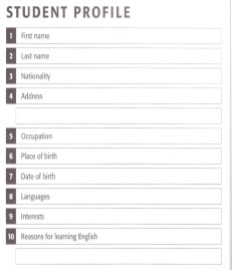
Once students submit their essays, they are stored in the Turnitin database. The Turnitin database checks for plagiarism.
The database identifies similar texts in papers to prevent students from submitting papers from other students.
To help in more efficient plagiarism detection and determine original work, the database also contains copyrights and commercial pages from books, journals, articles, and newspapers.
There is a Turnitin archive where content is added by using a web crawler.
This is made possible by a large database. This is in addition to comparing the text contained on the internet that can be accessed publicly.
How to register for Turnitin
To create a Turnitin account for the first time as a student, you need to follow the following instructions:
- First, note the required class ID and password from the study desk course.
- After mastering those two, visit the website www.turnitin.com
- Click on the menu on the top right side of the homepage.
- Click on Create an Account on the left side of the page.
- Select Create a Student’s Account on the options that appear
- Enter the class ID, class enrolment key, and your name, select the display of your name that you want, enter your email address and confirm it, enter your password and confirm it, and then ask and answer a question for the purpose of the future password retrieval in case you forget.
- Read the user’s agreements and click I agree. Create the profile button if you agree. After that, you can use a free Turnitin account and password courtesy of your university.
How to use Turnitin to Check for Plagiarism
To use Turnitin, you must have created the access described above and had a confirmation from your email or university ID. Let us look at the process of submitting your assignment to Turnitin and check the plagiarism score.
How to submit a file through Turnitin
Before submitting your file or assignment on Turnitin, you have to know the following:
- To submit a paper to an assignment in Turnitin, you must be logged in and upload a file to an existing assignment.
- The assignment’s start date must have started, and time passed for Turnitin to accept the student assignment submissions.
- After the deadline date made by the instructor has passed, Turnitin may reject any kind of submissions made. However, there are hacks students use to turn in late assignments.
- To check the start and the deadline date of submissions, click on the assignment name on the class portfolio page or check whether they are provided under the assignment’s name. This also shows other crucial information and special instructions about the assignment.
The Process of Submission
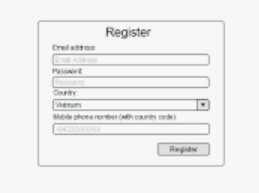
- Go to the Turnitin website and log in using your credentials.
- On the homepage, classes you enrolled in appear in a list.
- Select the class you are uploading the file in, which will take you directly to the home page of that class.
- Click the submit button that will directly take you to the submission page. Ensure that you are uploading a single file upload.
- Give your submission a title.
- Click on the What can I submit a link to review the sizes and types of files that Turnitin allows for upload.
- Decide where you are uploading your file from. Whether it’s from your computer, Google Drive or Dropbox and click on it.
- Select the file you are uploading, which should have been proofread previously to avoid errors.
- On the file submission page, click Upload and review the preview panel.
- To officially upload the file, click the confirm button.
It’s better to note that a digital receipt confirming the submission is sent to your email after a complete upload and submission. It is, therefore, important to use a valid email to access the receipt for future reference.
How long Turnitin takes to Generate a Similarity Report
We have done many tests and uploaded a number of files to the Turnitin system through different university profiles. We noted each of the times and got the conclusion below with regard to the time taken to detect plagiarism and give a report.
Turnitin takes approximately 3 to 5 minutes to scan and provide a plagiarism report. However, it can take longer depending on the length and type of the file uploaded. To share the similarity report, Turnitin takes around 15 minutes after submission, which can take up to 24 hours during peak seasons.
Turnitin is used by many people, including students, professionals, and different instructors. Therefore, papers with edits and other changes must wait twenty-four hours before resubmission.
In light of this, you should have a backup plan during high-traffic days because Turnitin may take up to twenty-four hours to generate a similarity report.
The high-traffic days include exam times, middle-of-the-semester essays, and end-of-semester papers when assignments are nearing the deadline and when the semesters are coming to an end.
How to Interpret a Turnitin Similarity Report and Read Scores
This report is mostly referred to as a similarity or originality report. It is the outcome of a comparison between the text in the assignment and the search targets of the assignment. They include books, journals, articles, and documents previously submitted on Turnitin within the huge Turnitin database.
The similarity report contains in detail similar texts or anything that is found matching the content on the database.
On top of the page of the report is a similarity index percentage which shows the proportion of the student’s work that has similarities with online data or content on the Turnitin database.

There is no limit or cut-off for similarity percentage. The score represents the content of your work that matches the original work. This report does not determine whether the assignment was correctly referenced.
The matching percentage on the report does not represent actual plagiarism and lack of matches does not confirm that no plagiarism is detected.
Similarity Reports may not have finished generating due to a number of reasons. It could be that available reports were not generating or that a grey icon in the Similarity column represents the assignment settings.
Resubmitted papers may take up to twenty-four hours to generate similarity reports. So, what does each Turnitin percentage mean?
What do the Colors mean on the Turnitin Report?
Turnitin percentage represents the matching content of the file uploaded compared to the content in the Turnitin database. It does not really present plagiarism or plagiarism-free texts.
When the material appears unoriginal, the content matches materials in Turnitin databases and is not necessarily plagiarised.
The similarity score percentage of the uploaded file that appears on top of the report is represented by colors.
The five colors in the report are explained below as follows:
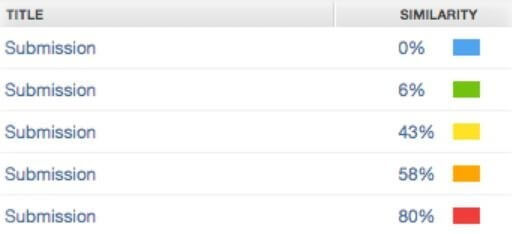
- Blue – this presents no matching text on the submitted work.
- Green – one word to 24% of matching text found by the database
- Yellow – 25-49% of the similar text detected by the database
- Orange – 50-74% of the matching work detected by the database.
- Red – 75-100% matching text detected by the database.
The percentage provided in the report is just a guide and not a real representation of actual plagiarism. It gives instructors ideas of the originality of the work submitted by the writers.
This means that a paper with a very low percentage of detected content could still be problematic. In fact, a paper that has a very high percentage of similar content detected by the database could still be okay.
Although the acceptable Turnitin similarity score varies in different institutions, writers should be aware that no amount of plagiarism is acceptable and that there are consequences for violating academic integrity policies.
FAQs on How Turnitin Works
Can you submit a paper on Turnitin twice?
Re-submitting papers is allowed until the assignment due date reaches, but it also depends on the assignment settings.
Resubmission can be done not only once but as often as you like in the period before the assignment deadline submission date.
All resubmissions replace previous submissions and are handled the same way as the first submissions. Resubmissions take at least twenty-four hours for similarity reports to be produced.
How to check if you accidentally plagiarized
A high similarity index does not actually mean that you have plagiarised. To check if you have accidentally plagiarised, check the comparison of the text to the original source by clicking on the highlighted passages.
You may have accidentally plagiarized a text if the paraphrase is too similar to the original text and if no citation is provided. If a borrowed text is inside quotation makes and cited well, then the text cannot be considered plagiarised.
How to check similarity on Turnitin before submitting it?
A Turnitin Self-Checker allows purchasing college students to check their papers for plagiarism and proper citation before submitting them.
A similarity report is then generated to help you identify if your document is plagiarism free. The checker is not connected to any particular course and is available by logging into Moodle and self-enrolling into the space.
On the Turnitin tab on Moodle, see the student’s submission directions to upload your paper. The Turnitin Self-Checker is only available to Purchase affiliates with Purchase Moodle accounts.
Does Canvas check for plagiarism
Teachers and students use Canvas as a learning management system to share files on one platform. This platform integrates many features, such as copyright plagiarism checkers.
Canvas plagiarism checkers run on submitted assignments and return originality reports. The plagiarism checker can:
1. Detect paraphrased content.
2. Provide full reports on the similarity of the content
3. Accepts various file formats
4. Support more than 100 languages
The copyright plagiarism checkers scans content submitted easily and provides detailed reports on the similarity and originality of the content.
Meanwhile, learn how to avoid plagiarism and Turnitin from this video;

Jessica Kasen is experienced in academic writing and academic assistance. She is well versed in academia and has a master’s degree in education. Kasen consults with us in helping students improve their grades. She also oversights the quality of work done by our writers.


